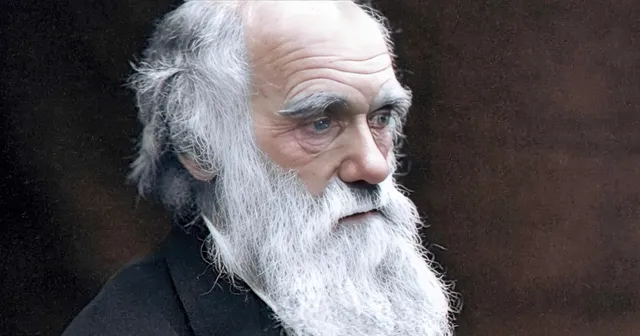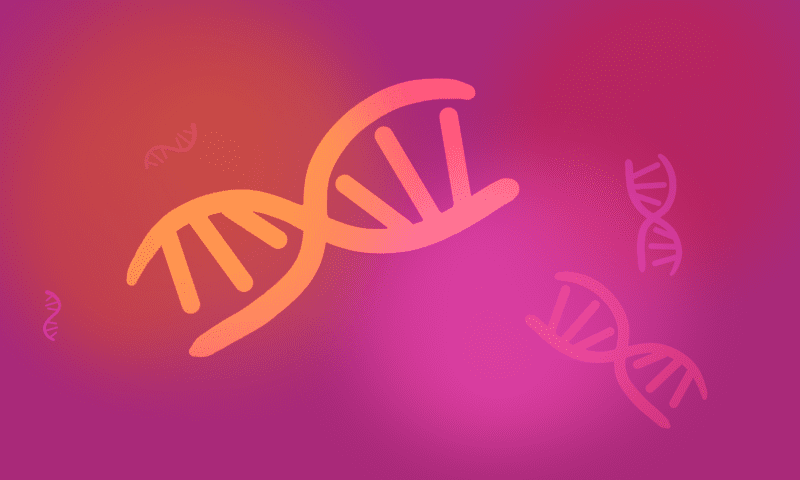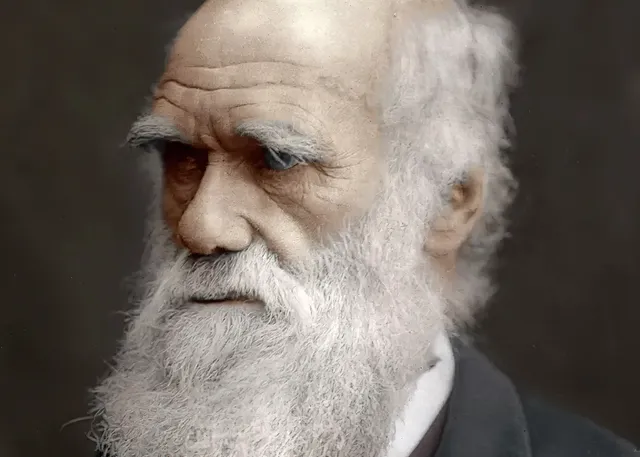
life
(18)"I don't believe people are looking for the meaning of life as much as they are looking for the experience of being alive." - Joseph Campbell


Following Darwin to the Galápagos
life
Self-preservation above all else: when the 1st law breaks
mind
Obelisks: Expanding the Definition of Life
life:extract_focal()/https%3A%2F%2Fs3.amazonaws.com%2Fpocket-syndicated-images%2Farticles%2F2789%2F1577719341_GettyImages-1088847082.jpg)
Why Human Color Vision Is so Odd
life:extract_focal()/https%3A%2F%2Fstatic.scientificamerican.com%2Fsciam%2Fcache%2Ffile%2F01313C51-2158-4B98-831F37DDA58BC5B1_source.jpg%3Fw%3D590%26h%3D800%2620F8A905-6C4C-4B73-87E24DFE0BA32DCA)
How Does a Caterpillar Turn into a Butterfly?
life
'Impossible' chemistry may reveal origins of life on Earth
life
Optimizing Genes with a Genetic Algorithm
life
Epigenetics: The Sins of the Father
life

